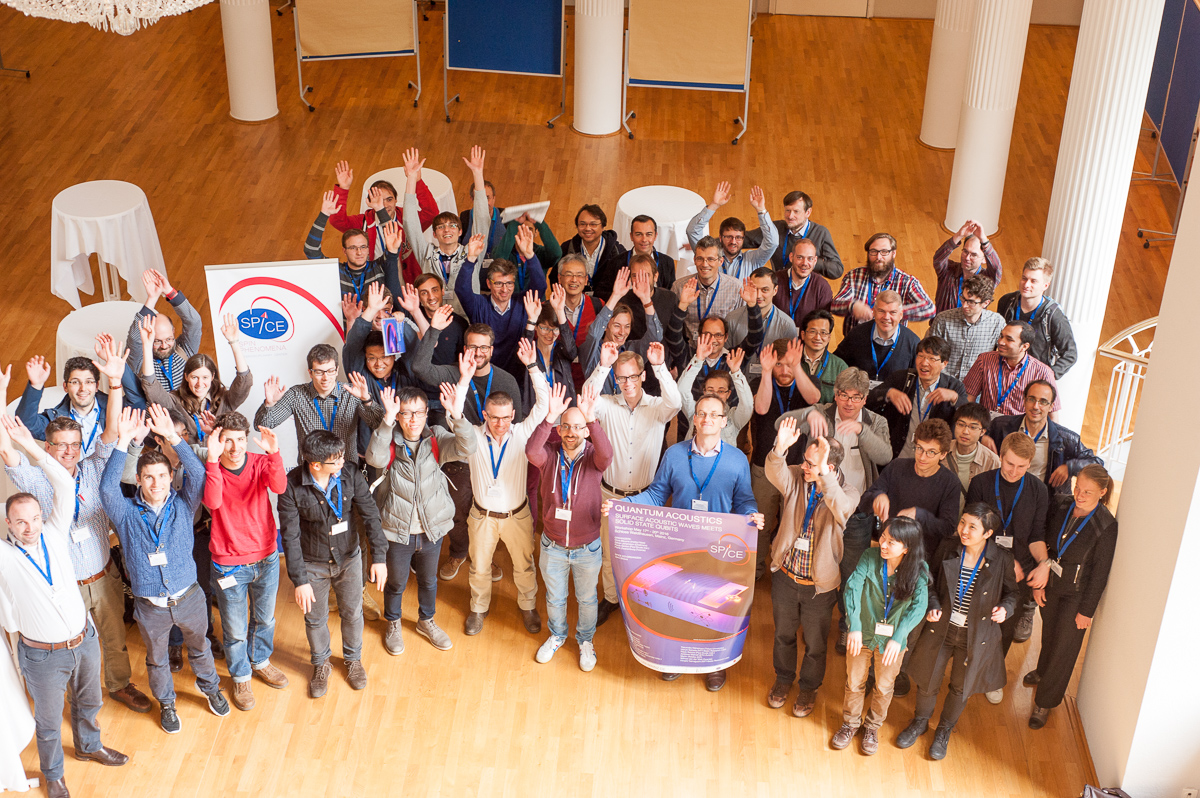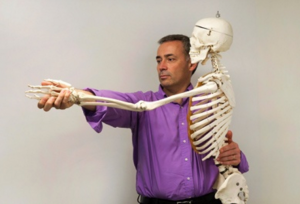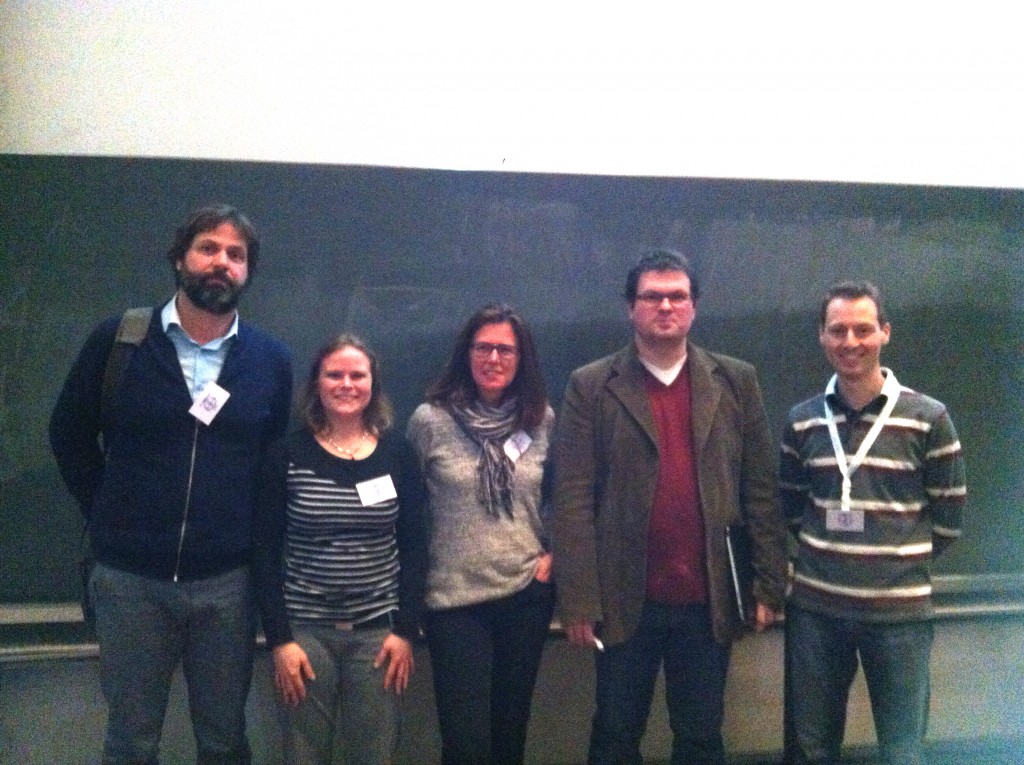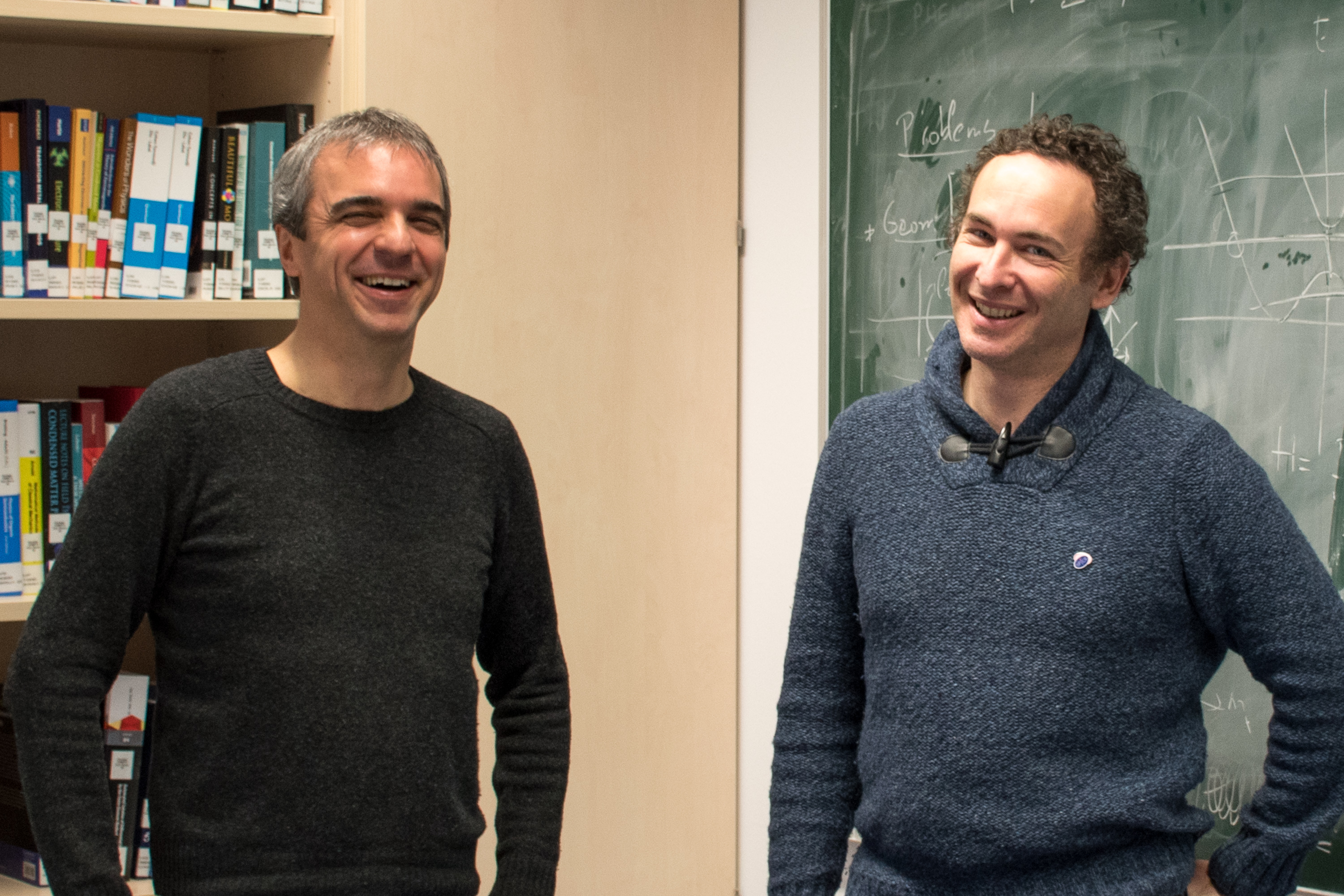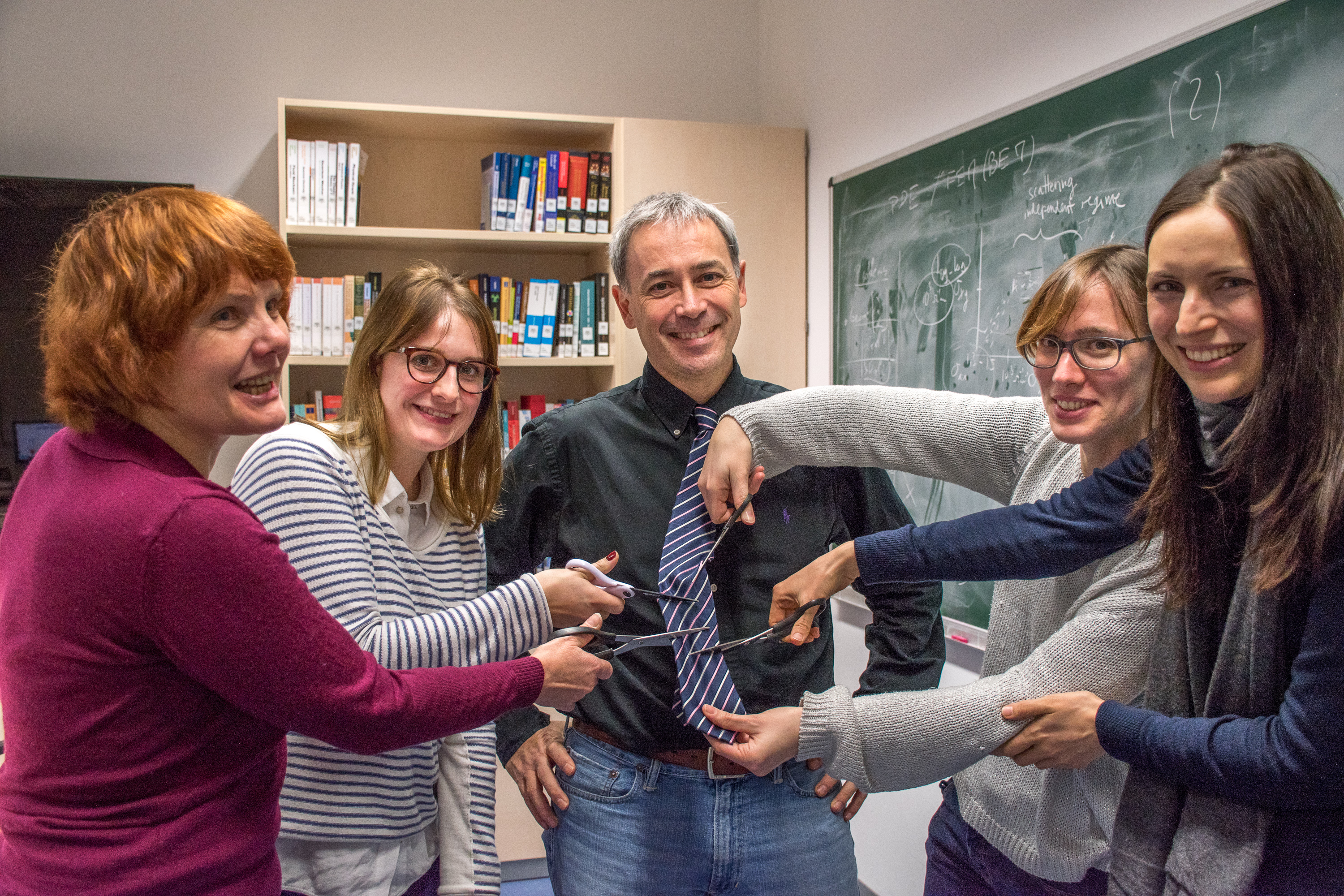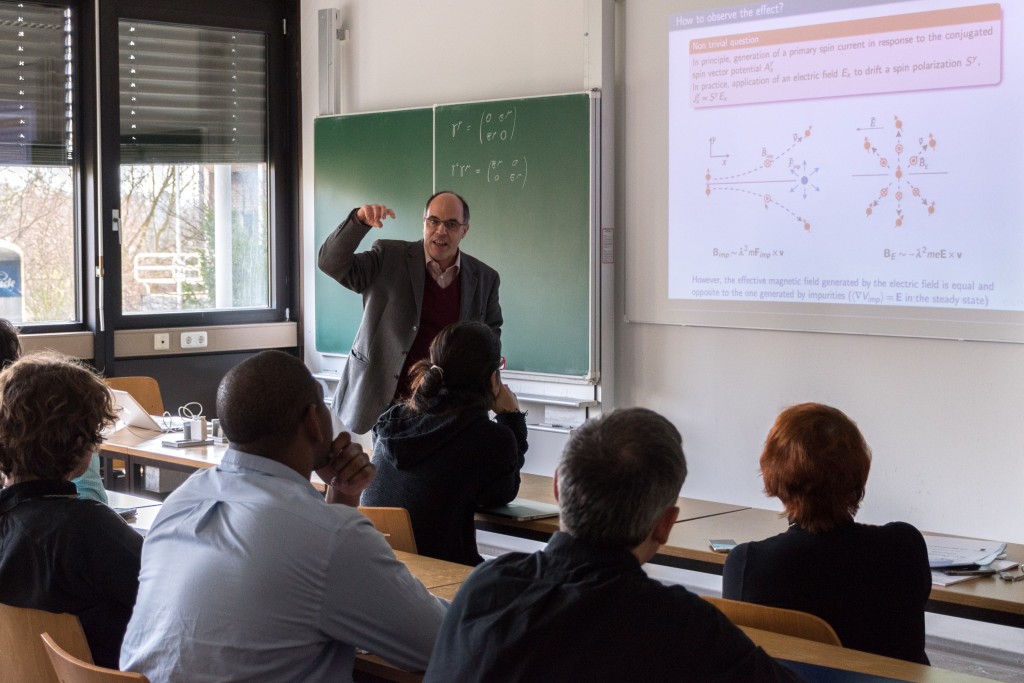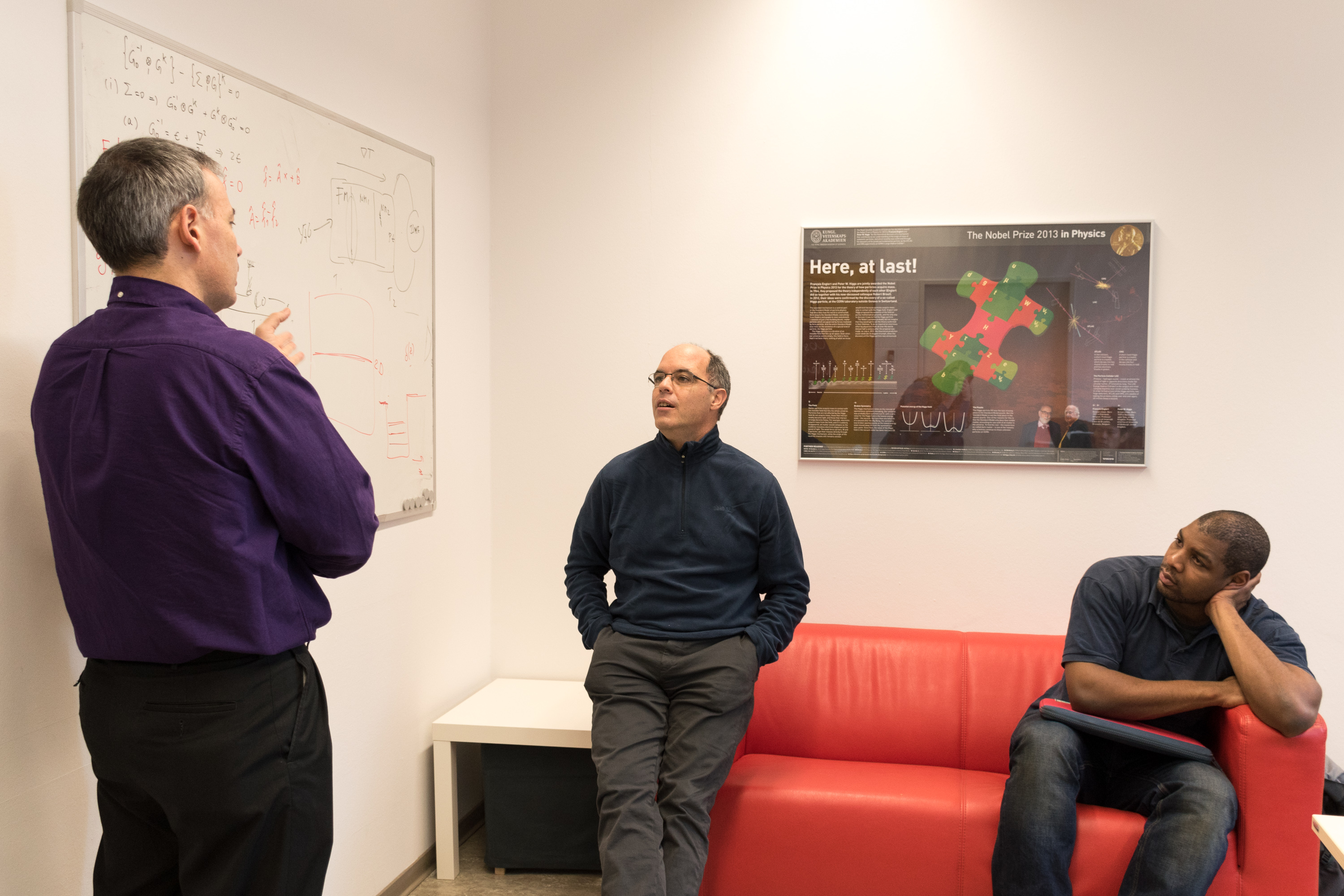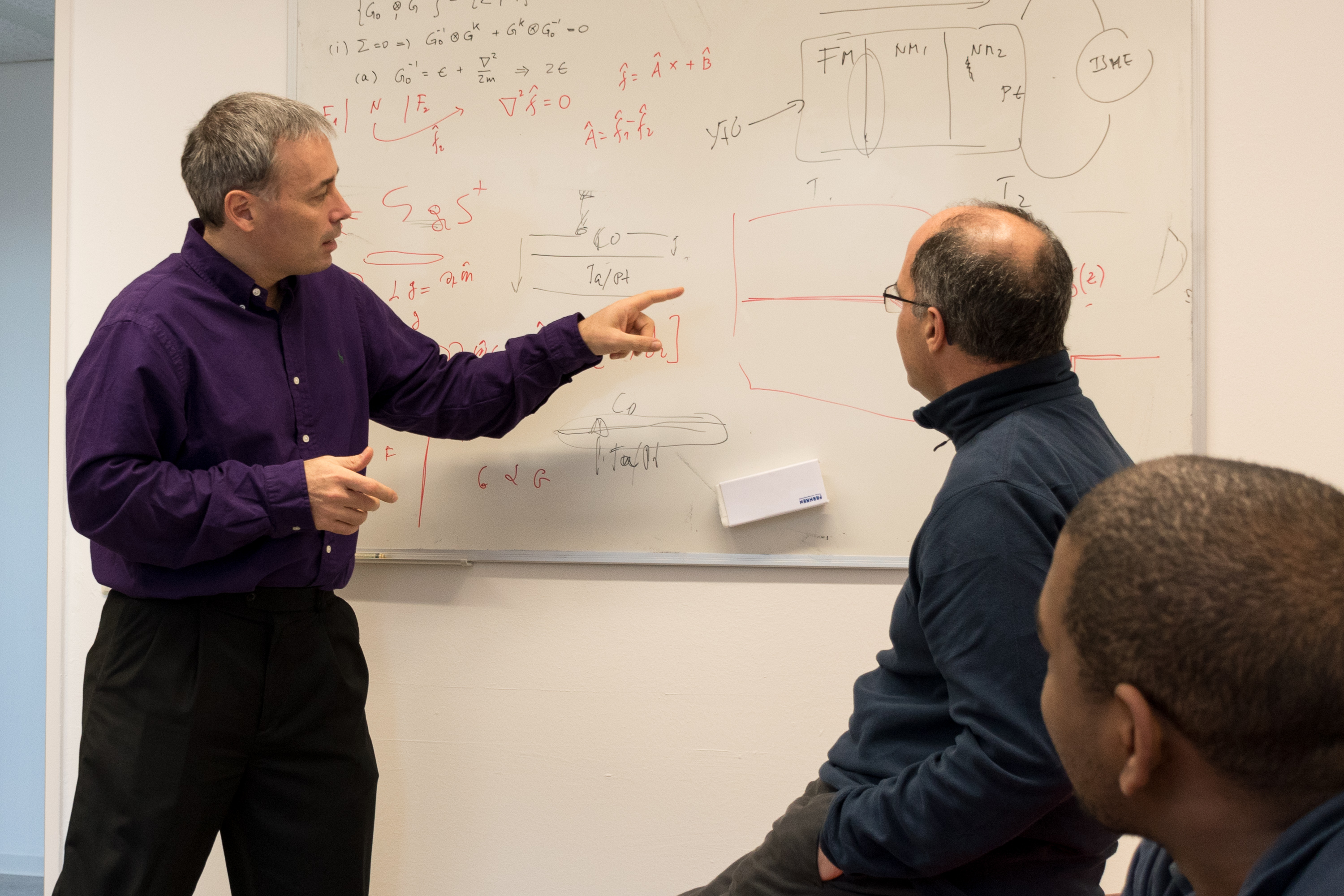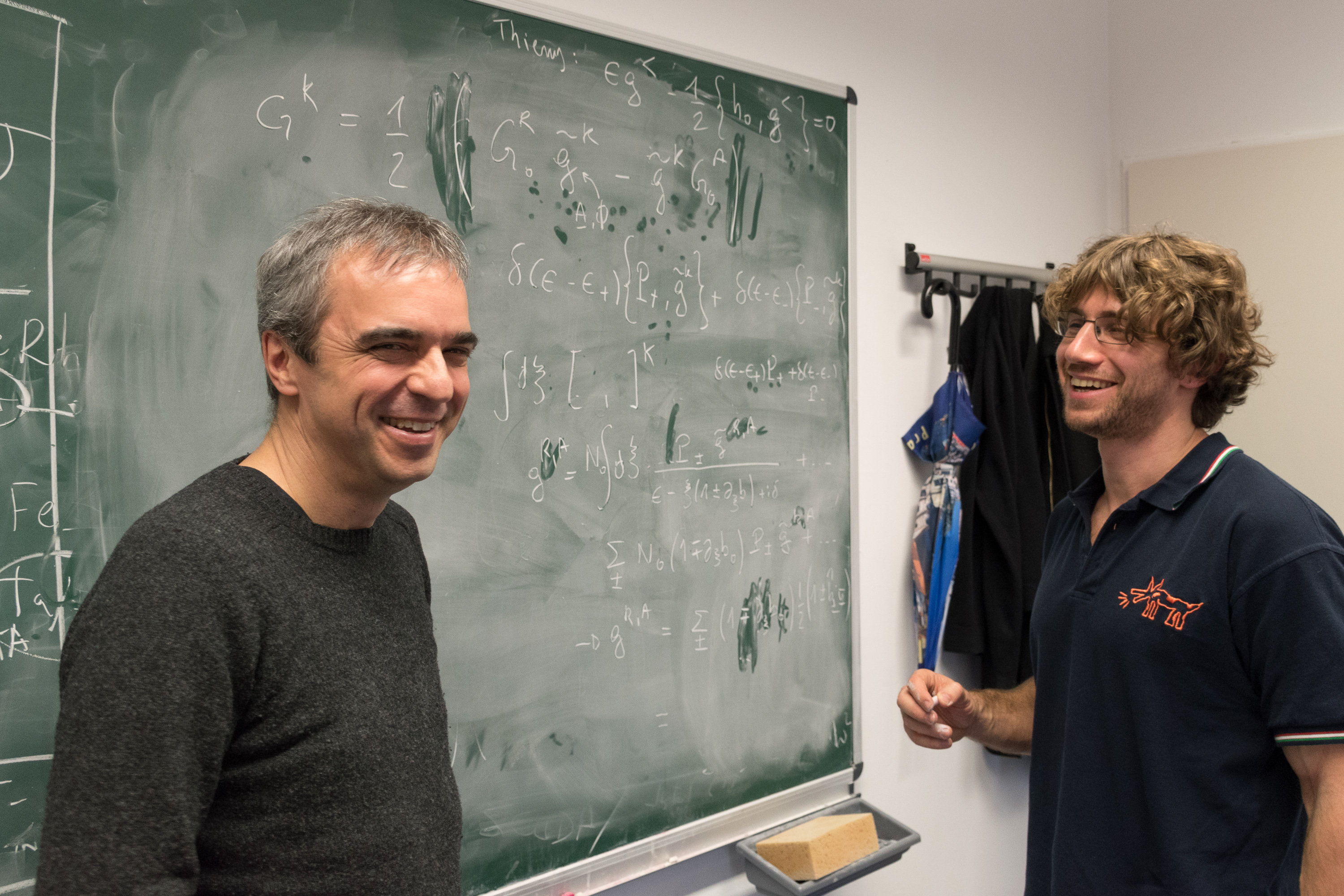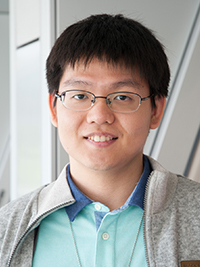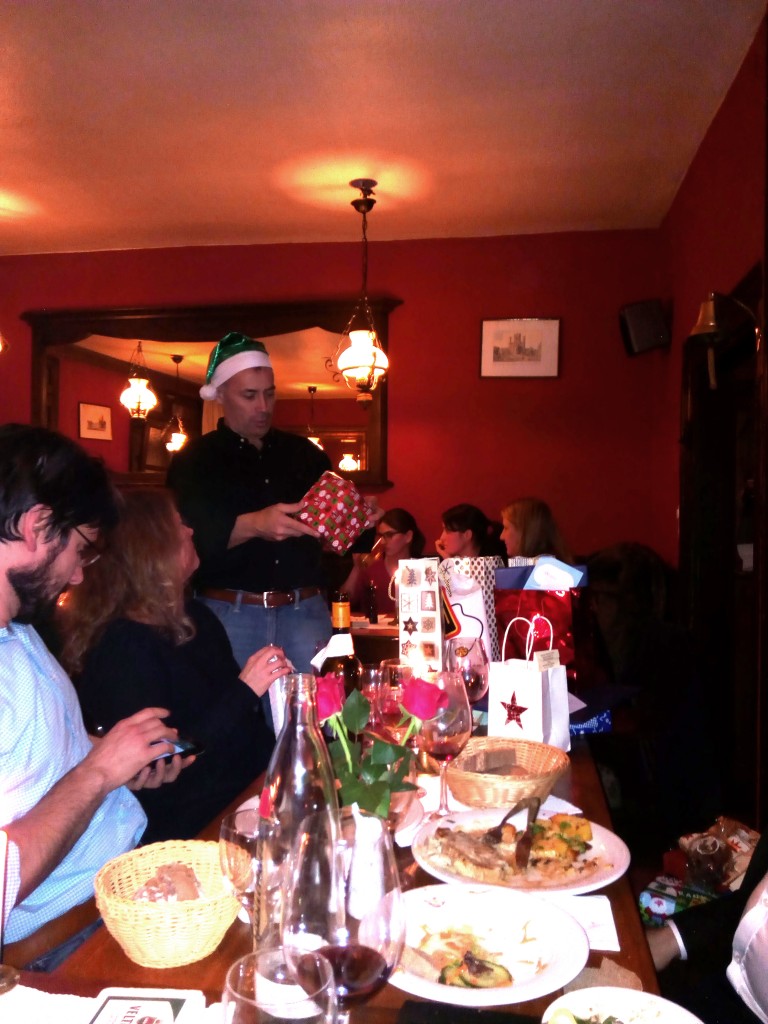
With the impending end of traditional Si based electronics due to Moore's law limitations, the need for novel approaches to next generation device design is not only apparent, but has become a popular interdisciplinary research topic. From research in fabrication engineering and device architectural design to devices based on intrinsically different physics, there is ample room for research from physics, chemistry, and engineering perspectives. From June 13th to 17th, our SPICE Young Research Leaders Workshop was held to approach the problem from a primarily materials perspective aiming to use external stimuli such as classical gating, ionic liquid gating, optical excitation, magnetic field control, strain, etc. to cause large physical property changes in Dirac and Weyl materials due to their unique, sensitive and modifyable Fermi surfaces. Together with co-organizer Jairo Sinova, the organizers Mazhar Ali and Binghai Yan brought together 22 young experts in theoretical and experimental physics, solid state chemistry, and electrical engineering in a multi-disciplinary collaborative effort to quickly bring the exciting new physics of Dirac and Weyl materials to practical application. Through the foundations laid in this workshop, we hope to spark a new field of electronics, discover new materials, new properties, new physics, and possibly create devices based on changing between fundamental states of matter.
For videos of the talks and further information, please visit the workshop home page.

